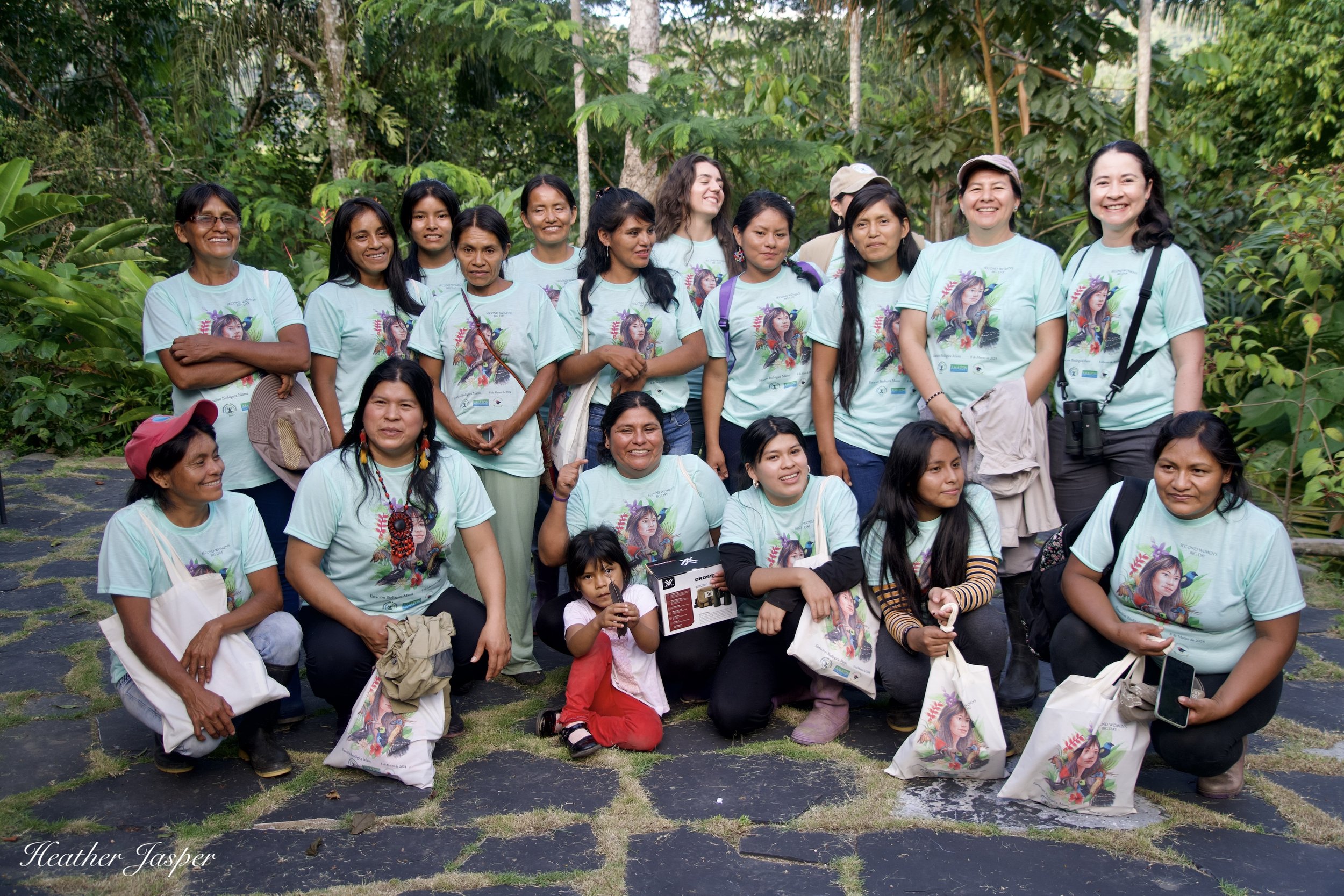Travel Tip 38
How to go birding on different budgets.
The Hoatzin is the strangest bird I’ve ever seen. It eats leaves and has a ruminant stomach, the chicks have claws to climb trees like bats, and they’re famously ungraceful. In Peru they’re called Shansho, which means “hair sticks up” in Quechua. The name Hoatzin comes from Nahuatl but I don’t know what it means.
I’ve now been birding in the US, Canada, Mexico, Costa Rica, Colombia, Peru, Chile, France, Malaysia, and Bangladesh. I’ve learned a lot about how to go birding regardless of my budget.
Why go birding?
Birds are pretty, some sing beautifully and some are just so weird they’re fascinating. (Check the caption above about the Hoatzin). This is one of the most environmentally friendly activities you can do when traveling, as long as you don’t bother the birds. If you think birding isn’t your thing, I’d say don’t knock it till you try it.
Birding supports conservation.
The need for bird habitat is an important driver for conservation around the world. It also requires very little infrastructure. Some people prefer to observe birds from a car or a boat, but you can see plenty of birds on your own two feet.
Birding supports local communities.
The kinds of jobs created by birding are guides, restaurants, hotels, and transportation. Many of these are best done by local people who can share their culture with tourists in the kinds of lodging they provide and the cuisine they serve. Having people fly around the world to see birds that they see every day fosters a sense of pride in their home.
Birding with all the frills.
If you have the budget, stay at a birding lodge, and hire a private bird guide or ornithologist. Birding lodges like Tinamú in Colombia and Manu BioLodge in Peru know what birders need. Social media is a good place to find private bird guides like Steve Sanchez, who guides birding trips throughout South America. If you can, get some good binoculars and a telephoto lens for your camera.
The cabins at Tinamú Birding feel like they’re part of the jungle.
Birding with fewer frills.
There are lots of places you can stay that aren’t necessarily bird lodges. I recently stayed at a bed & breakfast called Morrogacho that advertised it had nice gardens. On my first morning, I saw several species endemic to Colombia without even using binoculars.
I highly recommend taking binoculars with you, and a camera. The giant lenses that serious birders buy are crazy expensive, so consider renting a lens for your next trip. A quick search for “rent camera lens for birding” turns up a dozen options.
If you can borrow a pair of binoculars and go to a park, then you can go birding.
Birding on a budget
One of the best things about birds is that they aren’t restricted to staying in national parks or private wildlife reserves. You can go birding just about anywhere from rural Oregon to New York’s Central Park. You don’t have to travel internationally, and you don’t even have to pay for a hotel. If you have camping gear and binoculars, you can create your own birding trip.
Consider the time of year just as much as the location.
Spring and fall migrations bring hundreds of bird species to areas that have half as many birds during summer or winter. Even places near the equator, where most birds are non-migratory, have seasonal fluctuations. My bird book for Colombia shows which birds are in Colombia year-round, which migrate down from North America and which migrate up from Patagonia.
Regardless of your budget, it’s worth taking the time to research both the place and best time of year to see birds. Happy birding!
Women from the Qeros and Santa Rosa de Huacaria communities participated in Women’s Big Day March 8th.
Blog
Indigenous Women Birding in Peru
Last week for International Women’s Day I went birding with the women of the Qeros and Huacaria communities. Click on the blog title above to read about how wonderful the experience was and how many birds we identified. There are only a handful of women bird guides in Peru, something that the team at Manu Biological Station hopes to change.
This Selk’nam statue is one of few signs of Tierra del Fuego’s original inhabitants. Most Selk’nam descendants live elsewhere in Chile while they fight to get some of their lands back.
Article
Indigenous Communities in Tierra del Fuego, Chile
The Indigenous Selk’nam in Chilean Patagonia are still fighting for recognition and land rights. Their home on the island of Tierra del Fuego is one of the most unique places I’ve ever gone birding. In the same day I saw parakeets and penguins! I’m currently working on a Chile guide for Insight Guides, so I didn’t have any articles published online this week and this week’s article is a rerun. I’ll upload a link to buy the book when it’s published!











